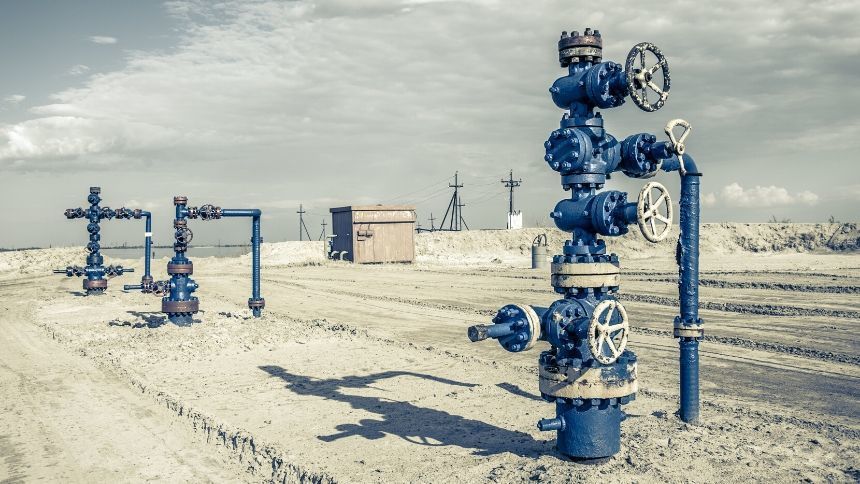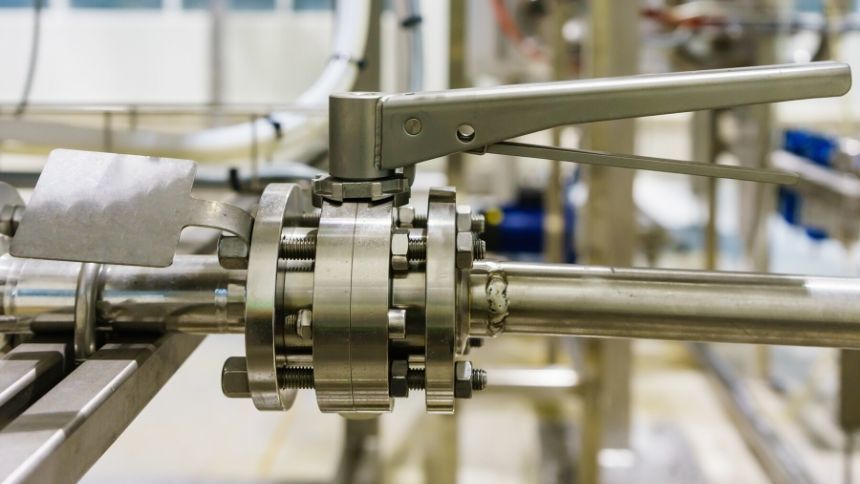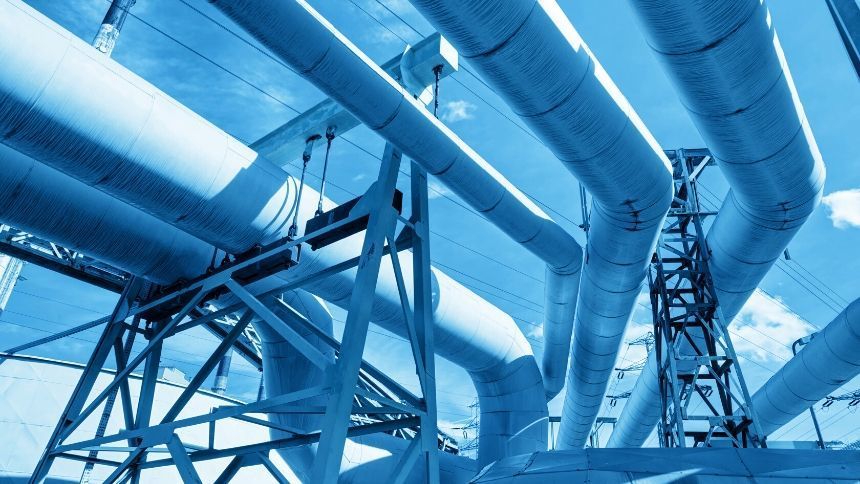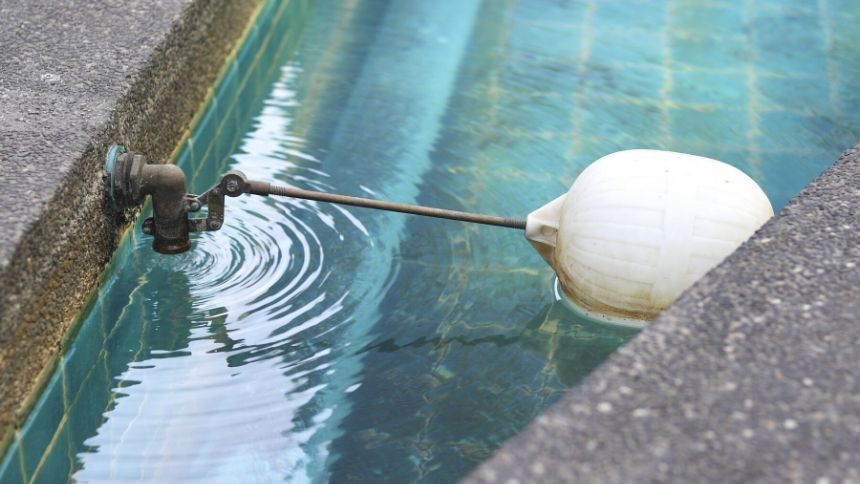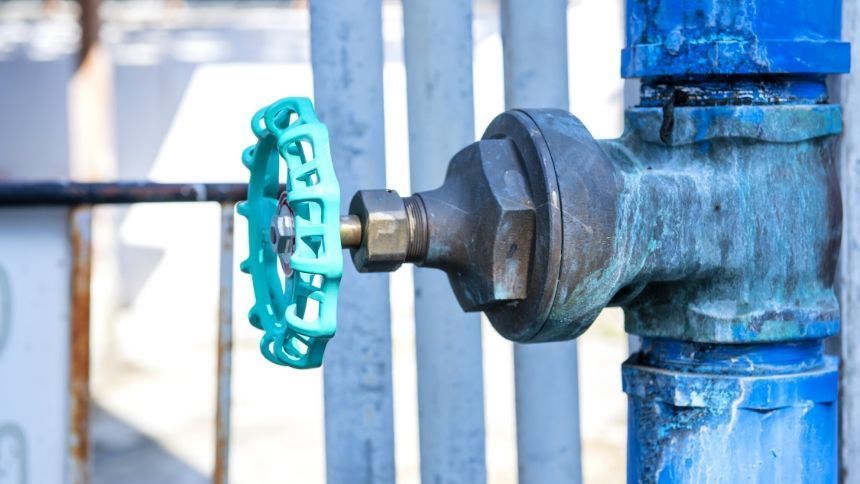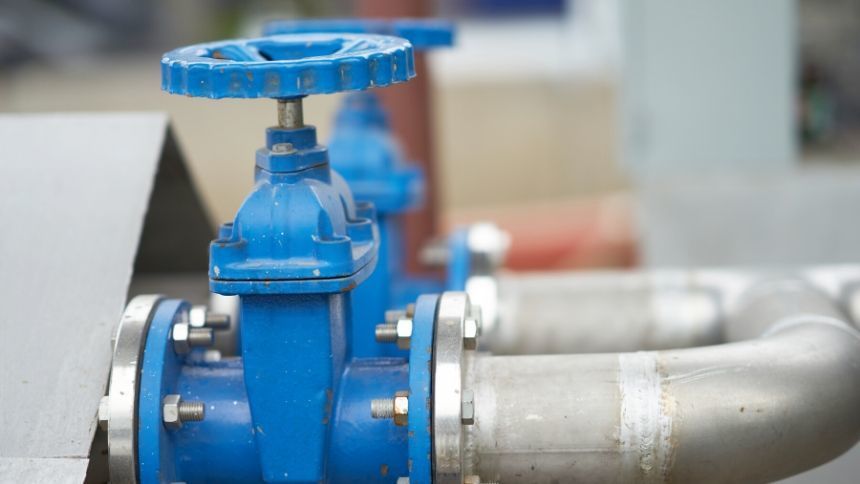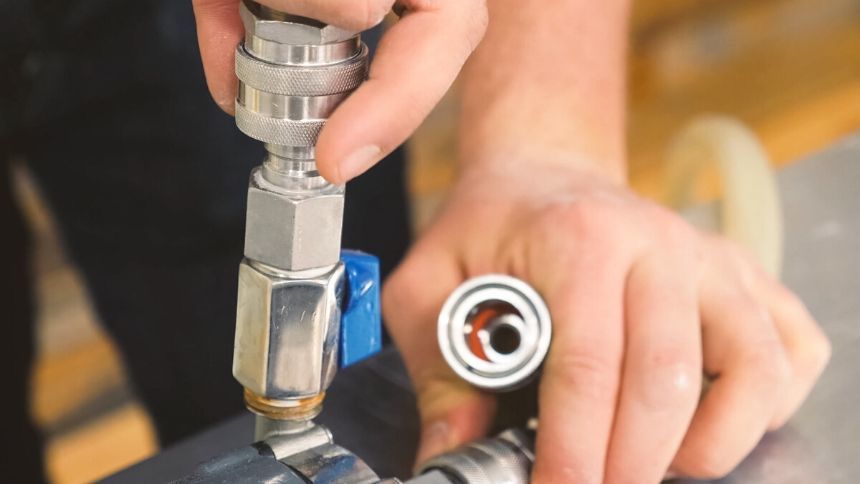The Right Valves for the Right Job
Tony Mers • July 16, 2019
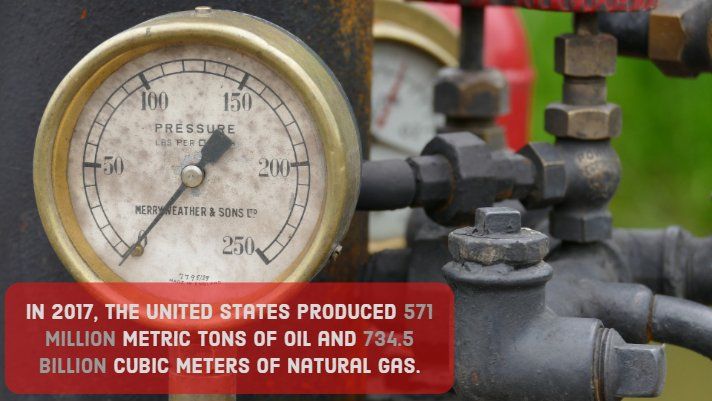
Even though some have been critical of natural gas and oil, there are no signs of business slowing down. The world still needs power and heat, and oil and natural gas still reign supreme. In 2017, for example, the United States produced 571 million metric tons of oil and 734.5 billion cubic meters of natural gas. Managing the flow of these products—and others—requires the right valves. A valve supply
needs to be adequate to handle different materials and conditions. Getting the right type of valve for your needs is a critical step in the process of making sure your production is maintained at a high level. The following things should be kept in mind during the process.
What the Valves are Made of
A valve can have the exact same size and shape of another valve and still not be right for your needs. There are some materials that interact poorly with the wrong type of valve, simply because of what the valve is made of. Keep in mind that gases and chemicals are going to be flowing through the valve and often at a fast rate. They may also be under significant pressure. These factors can serve to exacerbate the negative effects of having the wrong valve supply setup. A valve supply must not be made of a material that is going to interact with the materials flowing through them in a way that causes a bad reaction or ends up corrupting the end supply.
In addition, whether you are using gate valves, ball valves, pig valves, or another type, you want to be sure that the material the value supply is made of is not going to be easily corroded by what’s flowing through it. It is therefore imperative that you check the compatibility of the materials before placing an order. The performance numbers of the valve may be impressive and may even give you higher production rates, but those will be nullified by corrosion or material incompatibility.
Get the Right Size and Type of Valve
Your valve supply needs to be properly sized in order to maintain a smooth operation. The wrong size could mean anything from a bad fit to a sharp decrease in efficiency. Checking the proper fit and size may take time and effort. If you are dealing with equipment that you are not completely comfortable with, you will want to get help from someone with more experience. If no one with better experience is available, you should call the valve’s manufacturer to get assistance. Either way, choosing the right valve size and type is going to save you some serious headaches in the future, so it’s worth the extra time spent.
Check the Performance Requirements
How your valve supply performs is going to vary based on several factors. The way you use it is going to be guided by both what is flowing through and the production requirements of your company. These should be decided on first. Often, when a change in equipment is being considered, there are also changes in expected output. If your job is limited to that of a purchaser, you may want to tactfully ask to be present in the meetings that help decide on new performance objectives. This is because the information may be very helpful as you decide which valve supply to go with. Any high pressure valve is going to be subject to a number of stressful elements as it is used. The performance of the valve should be judged not just on how well materials flow through it, but on how well it holds up under the every day pressures of operation. Some of these may cause considerable friction resulting in corrosion, so the replacement of a valve supply should be factored in when judging its performance.
Choosing the right valves for a project is going to require balancing several factors. The composition of the valves is important because it can cause premature failure of a system a poor interaction with the product if not chosen carefully. The size and type of valve is equally important because these parameters will guide the fitting process as well as how it helps move your product. Finally, the performance of the valve has to support the end objectives of the company.
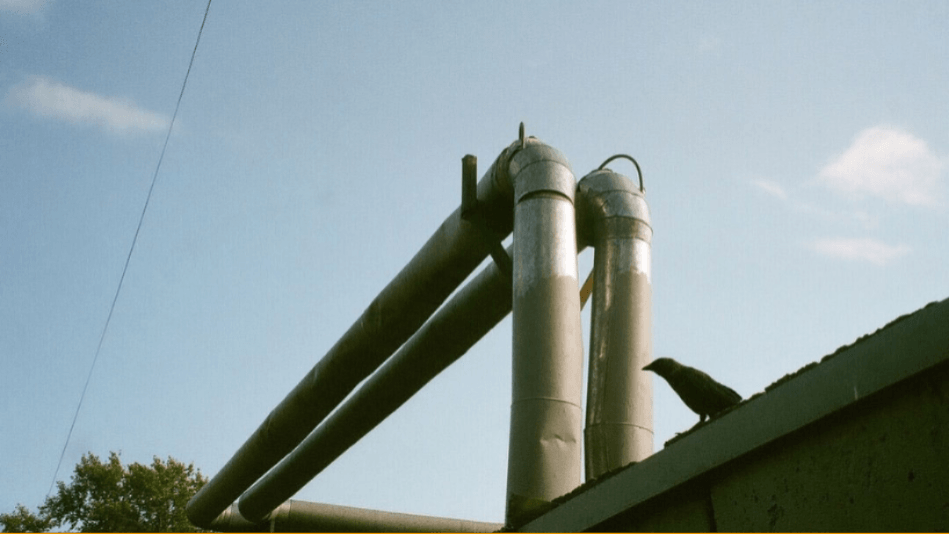
Right now, there are over 3,000 facilities on the Outer Continental Shelf involved in the collection and treatment of oil and gas. These oils and gases are collected from wells -- a process that's performed using certain types of high pressure valves. Of course, different types of American ball valves offer different results and it's crucial that the right projects are executed with the right types of valves. Quite often, the types of valves being used are ball valves, sometimes referred to as pig ball valves or pig vales (as they are used in conjunction with pipeline pigging systems). Before sourcing and investing in valves, it is important to understand the degree to which these valves may differ from one another. Let's delve into some of the defining characteristics of ball valve types. Ball Valve Body Styles Before getting into the exact types of ball valves that are available at the moment, it's important to remember that there are actually four separate types of body styles. These include the single body, split body, top entry, and welded styles. The styles of ball valves available differ from the types of ball valves available. This means that there are number of potential variations that you can see in ball valves. The great thing about this variety is that it means that there is more potential applicability in ball valves than there would be otherwise. Full Port Ball Valves: Turning to the different body types of ball valves, we can first look at the full port ball valve. A full port ball valve is defined by the fact that it has an oversized ball. The oversized ball has a purpose -- it is the same size as the pipeline. This means that there will be less potential friction less than there would be if the ball wasn't the same size as the pipeline, and the flow involved is unrestricted. The valve is larger as well. Standard Port Valves: As their name suggests, standard port valve are quite usual. This means they're less expensive than some alternatives. This type of valve has a smaller ball, and therefore the valve itself is smaller as well. The flow going through the pipe will in turn be smaller and will typically be about one pipe size smaller than the valve's pipe size. This makes it more restricted. The V Port Ball Valve: The V port ball valve is named after its V-shaped seat. What this means is that the orifice through which the product flows can be more easily opened and closed to change its direction. While many like this idea, the construction of this type of valve means that it can't be used just anywhere. It typically needs to be utilized in a more secure site. When the valve is opened, it is usually opened at the "small end" first, which helps stabilize the flow control. Trunnion Ball Valve: Then there is the trunnion ball valve, which doesn't exactly give much away through its name. This type of valve will actually anchor the valve at the top and the bottom through a particular mechanism. This would be applied on larger and more high pressure valves. While this type of valve isn't going to fit everyone's needs, it can definitely be used for particularly high pressure projects. Manually Operated Valves: Finally, these types of valves can be closed more quickly than their counterparts. Though this is an advantage in some cases, it also means that there can be a risk of a water hammer. These can include an actuator, which can be pneumatically or motor operated, which will in turn be used for on/off flow control. The valve will also have a positioner, which transforms the control signal into an actuator position. The flexibility of this type of valve is certainly an advantage to most projects. Now that you're more familiar with the styles and types of ball valves, you'll be in a better position to make decisions that will support your needs. For more information, please contact us today.
